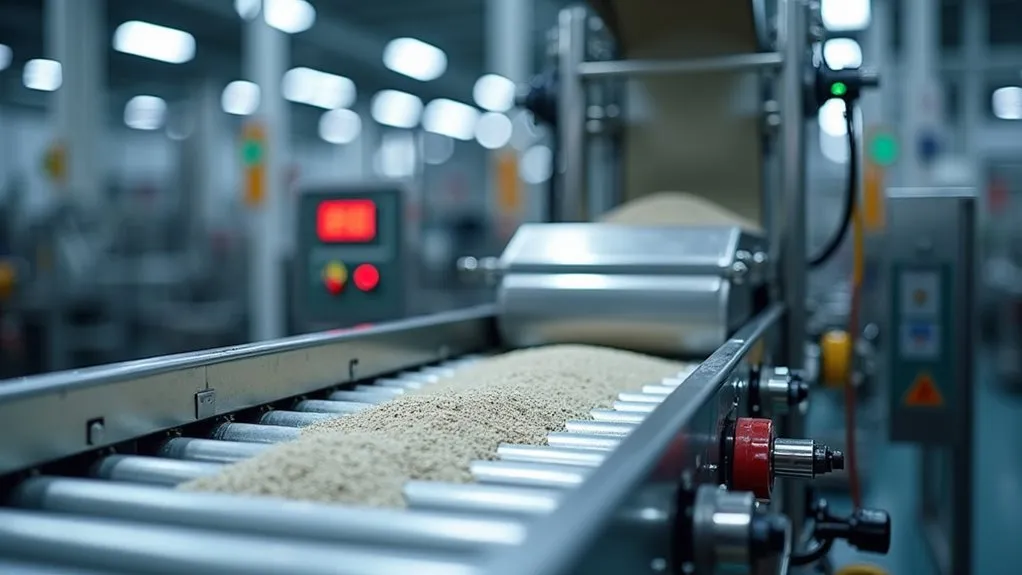Belt weigh feeders are sophisticated devices for accurately measuring and controlling the flow of bulk materials, crucial in manufacturing for precise dosing and product quality. They consist of key components like load cells for weight measurement and speed sensors for monitoring conveyor velocity, with a controller adjusting the feed rate. This ensures operational efficiency and material handling accuracy. Their application in industries such as mining and food production highlights their versatility. Further exploration reveals their detailed benefits and operations.
Key Takeaways
- Belt weigh feeders are sophisticated devices used to accurately measure and control the flow of bulk materials across various industries.
- They consist of key components like load cells, speed sensors, controllers, and conveyor systems, ensuring precise material handling.
- The feeder operates by continuously weighing material on the conveyor and adjusting the feed rate to maintain consistency.
- They enhance operational efficiency by minimizing measurement errors and enabling precise control of material flow.
- Widely used in mining, cement production, food processing, and general manufacturing due to their versatility and accuracy.
Understanding Belt Weigh Feeders
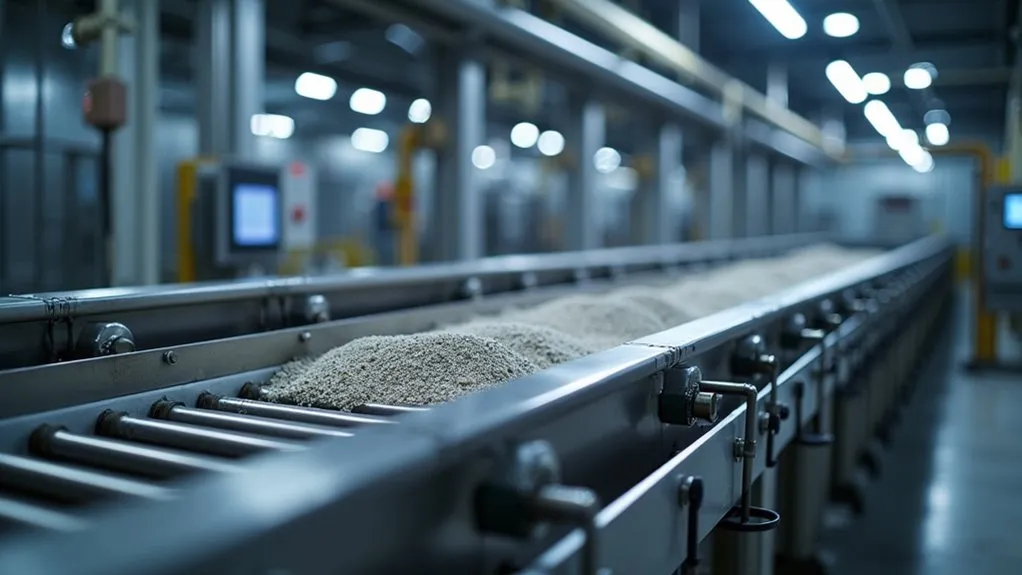
Belt weigh feeders are complex devices used across industries to accurately measure and control the flow of bulk materials. They are an essential component of industrial weighing systems, providing high feed accuracy and process monitoring.
Belt weigh feeders differ from standard belt scales not only in measuring but also in actively adjusting the material flow rate, maintaining mixture uniformity based on formulations. These gravimetric feeders are critical for precise dosing and blending of various materials, ensuring accurate material delivery, which improves measurement efficiency and reduces waste. Their ability to maintain a stable material flow rate is vital for ensuring optimal production consistency across various industrial applications.
Load cells measure weight in pounds per foot (lb/ft) of conveyor length.
Key Components and Their Functions
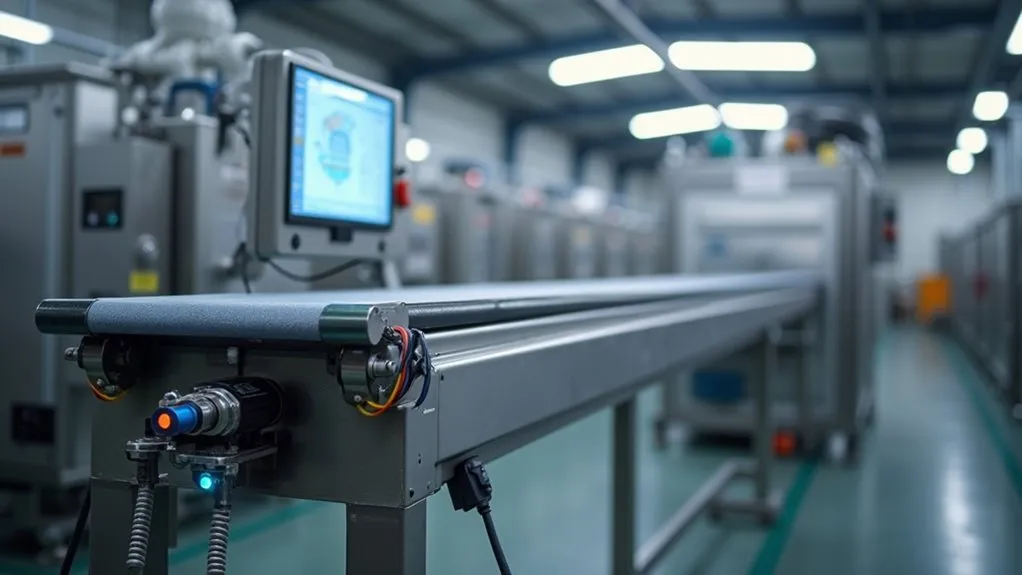
Integral to the operation of a belt weigh feeder are core components, each meticulously designed to ensure accurate material weighing and transport. These components include the conveyor system, utilizing advanced technology for uniform material transport, and the weighing system, critical for maintaining weighing accuracy through integrated load cells and sensors.
| Component | Function | Key Feature |
|---|---|---|
| Load Cells | Measure Weight | Multiple types for specific applications |
| Speed Sensor | Monitor Conveyor Speed | High-precision pulse generation |
| Controller | Calculate Feed Rate | Sophisticated control algorithms |
The integration of these components enables precise material consistency and efficient feed rate adjustment, enhancing overall operational efficiency.
How Belt Weigh Feeders Work
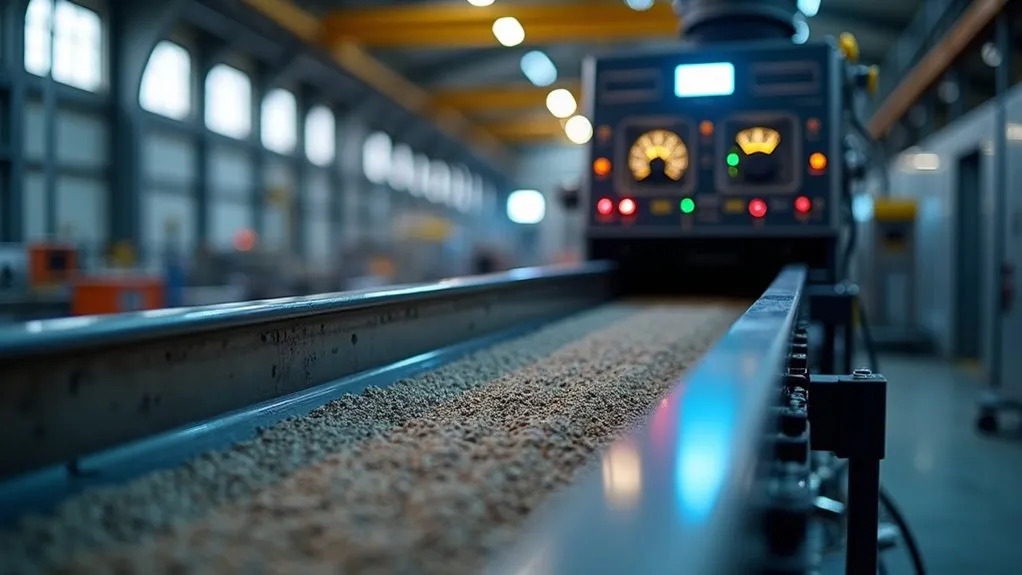
Operating on the principle of gravimetric feeding, a belt weigh feeder meticulously measures the weight of material as it travels along the conveyor, facilitating precise control of its flow rate.
The load cell system continuously weighs a specific section of the belt, converting material weight into electrical signals representing the belt’s load.
Simultaneously, a speed sensor measures the conveyor’s velocity, enabling the controller to calculate the mass flow rate by integrating weight and speed data.
This process allows dynamic adjustment of belt speed to maintain the desired flow rate, ensuring weighing accuracy and efficient material handling throughout operations.
Benefits of Using Belt Weigh Feeders
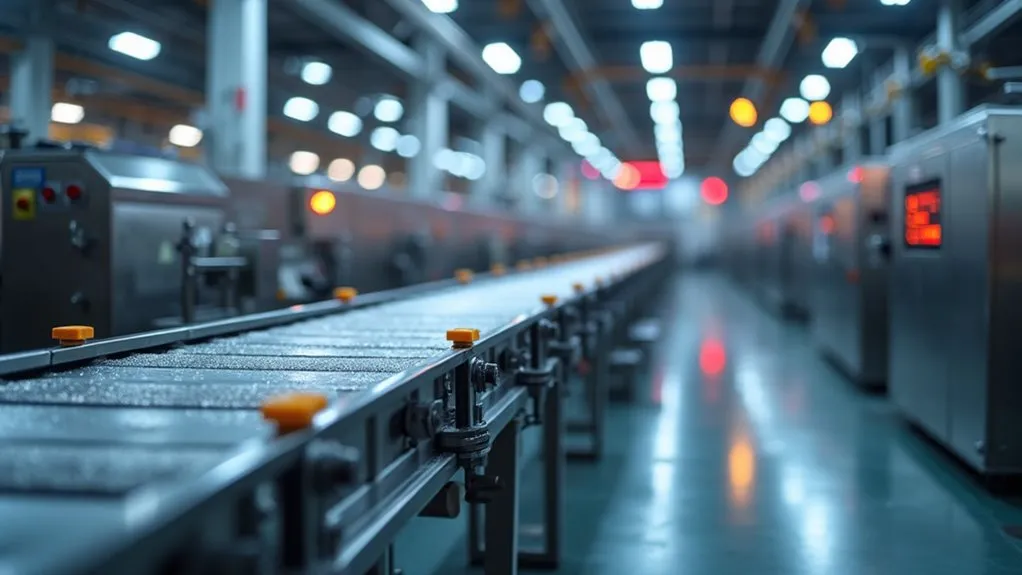
Belt weigh feeders offer numerous advantages that enhance material handling processes across various industries.
These devices ensure improved material efficiency and accuracy through advanced weighing technology, minimizing measurement errors and adjusting feed rates with high precision. By enabling precise control of material flow, they significantly contribute to operational efficiency, ensuring the correct amount of material is delivered as needed, thus reducing waste and energy consumption.
This accuracy supports superior quality control in manufacturing, maintaining consistent product quality and composition, which is critical in industries like cement, food processing, and mining.
Moreover, belt weigh feeders play a vital role in inventory management, providing real-time monitoring of material usage to maintain optimal inventory levels. Additionally, they help companies meet global weight and tolerance standards, which is essential for avoiding costly penalties and ensuring compliance in the food industry.
Applications of Belt Weigh Feeders in Industry
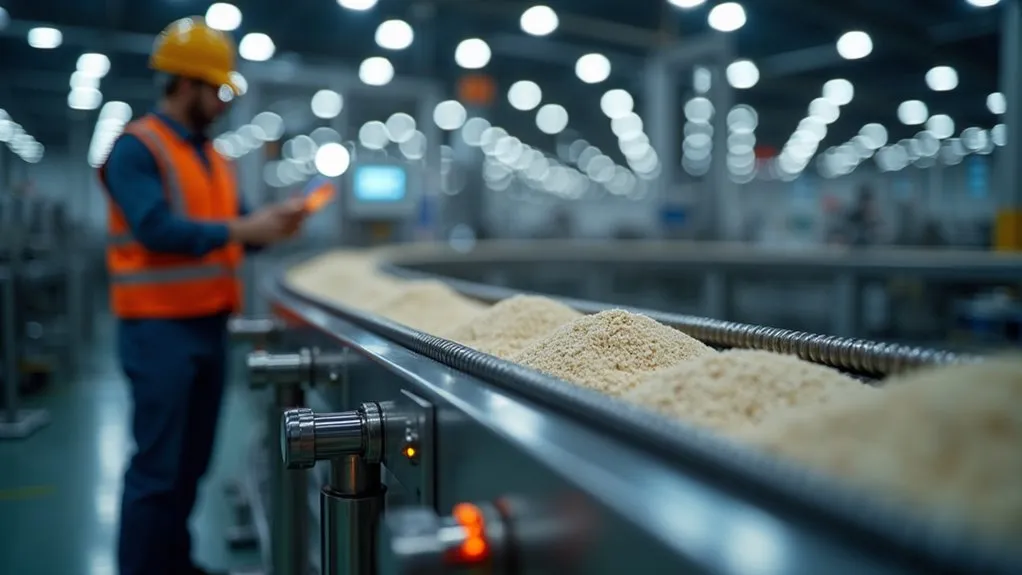
Across various industries, belt weigh feeders play a pivotal role in enhancing material handling and process control.
In mineral mining, these devices accurately dose ores, crushed stone, and minerals, ensuring efficient material feeding, such as iron ore and metal pellets, into processing systems.
They are also integral to the cement industry for apportioning raw materials like clinker, gypsum, and limestone.
In food production, belt weigh feeders enable precise ingredient dosing, suitable for both fine powders and granular products, thereby maintaining quality and consistency in the final product.
Belt weigh feeders ensure precise ingredient dosing in food production, maintaining quality and consistency in the final product, suitable for both powders and granules.
Their versatility and accuracy make them indispensable across a wide range of industrial applications.

 Tiếng Việt
Tiếng Việt 日本語
日本語 中文 (中国)
中文 (中国) 한국어
한국어
